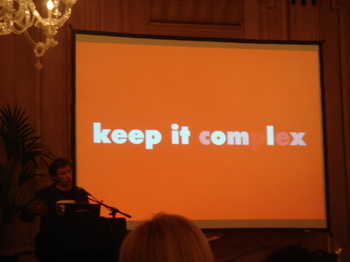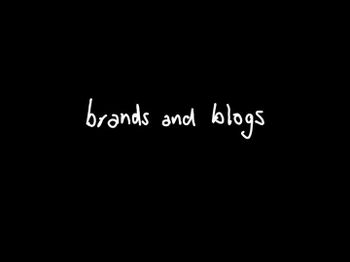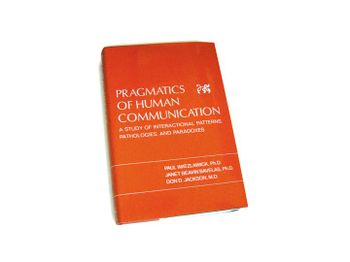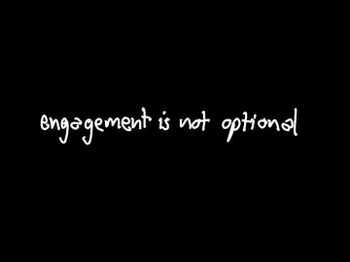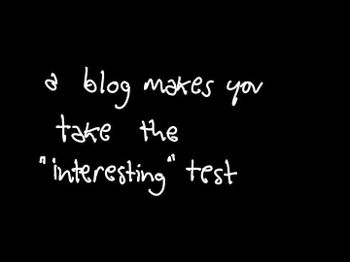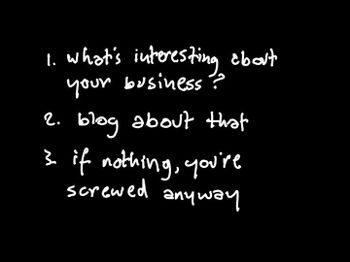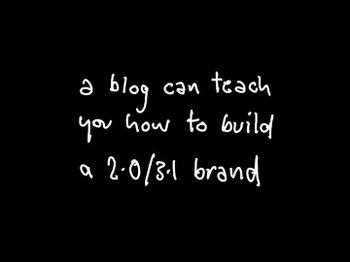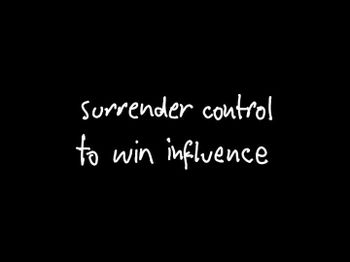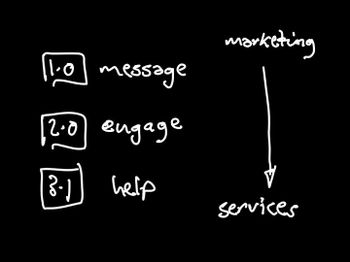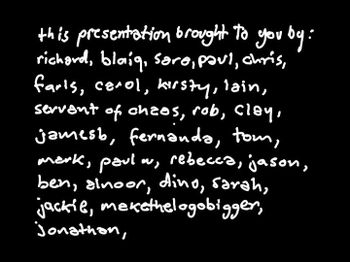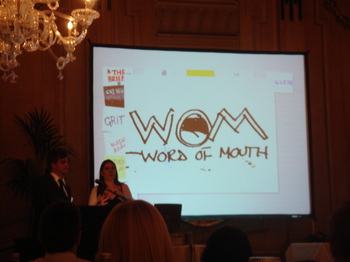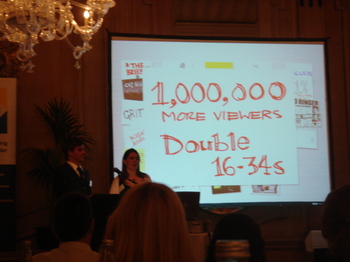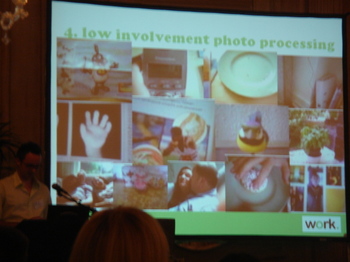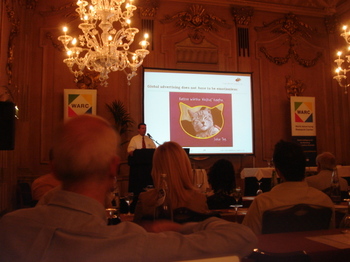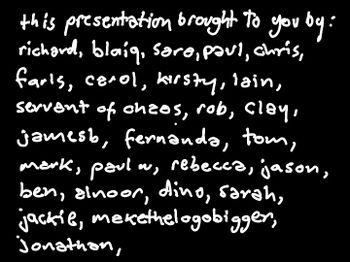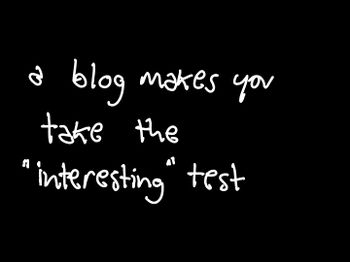Stu was brilliant. As usual. Read his APG paper. (Go here and go to 'downloads'.) Lots of other interesting stuff this afternoon but I couldn't get the wifi to work and I can't go back on it now.
I think my thing was OK. It's not polished or really thought through but I think there's some stuff worth building on in there. Many thanks to everyone for the help. Jamesb - I was careful to dissociate you from anything that wasn't good.
Respect and thanks to the blogs I quoted: betapundit, Jonathan Schwartz, Team IE, Innocent drinks, Church of the Customer, McChronicles.
Here's, roughly what I said:
I know a bit about brands. I know something about blogs, but only because I'm a blogger, I've never really thought about them, or presented about them 'professionally'. So I'm thinking out loud here.
This is the only element that I've used before in a previous presentation. (I've been boring people rigid with this stuff since Paul Feldwick introduced me to it at a conference Chris organised about three years ago.) It was to try and make a point about the roles for different layers of communication and to define some terms. I believe that the best, probably the only job, for TV advertising, is to wrap a bundle of feelings and associations around the brand. Good advertising is very good at doing this. (Not that there's a lot of good advertising around.)
That's not my topic for today though, the conversation today is more about brands engaging in two way conversation - not broadcasting. Or something. This bit was a bit wooly.
I basically said what I said here.
Then I did a lot of this stuff. But not the 'characteristics of a good blog' stuff which was too much like a tedious brand onion. This is where I referenced the blogs and stories mentioned above.
Then into:
I quite liked this bit. I got the interesting test down to this:
I think that's quite good. This is all to Jeffre's points about interestingness, if there's nothing interesting about you you're buggered. If there is something, to someone, then you should blog about that. If you do it honestly and openly, you'll be fine.
Don't think I was very clear about this.
I have a sense that at the moment the world of marketing etc is groping towards a marketing/branding/comunication version 2.0. And hurrah for that. But we know nothing works properly until we get to version 3.1. And I think this is true here too.
(Sidenote, not mentioned in the speech: Many of the theoreticians - for want of a better word - who presented in the morning reminded me that our new understandings of how brains, minds, people and society work are completely overturning the theoretical models we have about how communications and brands work. For all the great work being done in creating 2.0; innovative practises, more respectful organisation of relationships, bolder, more realistic media practises, this hasn't really been wedded to the implications of the thinking of people like Damasio. Many of the 2.0 people are doing tactics, and they're doing them splendidly, but they're not thinking about low-attention processing, implicit memory, humans as herds, all that. Their theories of communication are still growing out of USPs, messaging, etc. When these energetic, respectful new tactics get married to this exciting new thinking - then we'll have 3.1.)
Anyway...
My actual point was that a blog is a great way to learn some of the skills you'll need to manage a brand in this engaged environment. One of those skills:
My examples were this and this.
Oh yeah, this is my other point about 3.1 (or whatever jargon one might come up with).
Let's assume that the 1.0 era - of messaging - is dead. And I think we can. The media reality makes it impossible and our new understanding of how brands/brains work makes it pointless.
Version 2.0 is supposed to be all about engagement, involvement, participation. Which is fine. But this is where we need to beware of...
Brands are not that important. They're not that exciting to people. Just because we've decided to engage, and entertain and participate doesn't mean anyone wants us to. While not many brands are behaving like this, it's quite effective, it's new, it's interesting, when everyone's doing it, it's less so.
Which makes me think about things like this. There are a few examples of this kind of thing out there and they make me wonder whether one strand of the future for marketing is to provide genuinely useful services, and do the delivery of associations and feelings around the edges.
I'm not quite sure what I'm struggling to say here. I know it looks kind of obvious just stated like this, but I think there's something more interesting buried in there, I'll try and dig it out soon.
As you can tell, I was petering out at this point.
But this was my big finish and I was pleased and proud to put it up. I've really enjoyed the process of writing this stuff and I'm really grateful for everyone's help.
Right now this whole thing is a pre-beta, version 0.1, bit of thinking, as soon as it gets to be a respectable beta I'll stick it on video and share with y'all. I'm really more excited than I should be to be exposing my doubts and inadequacies in public.

